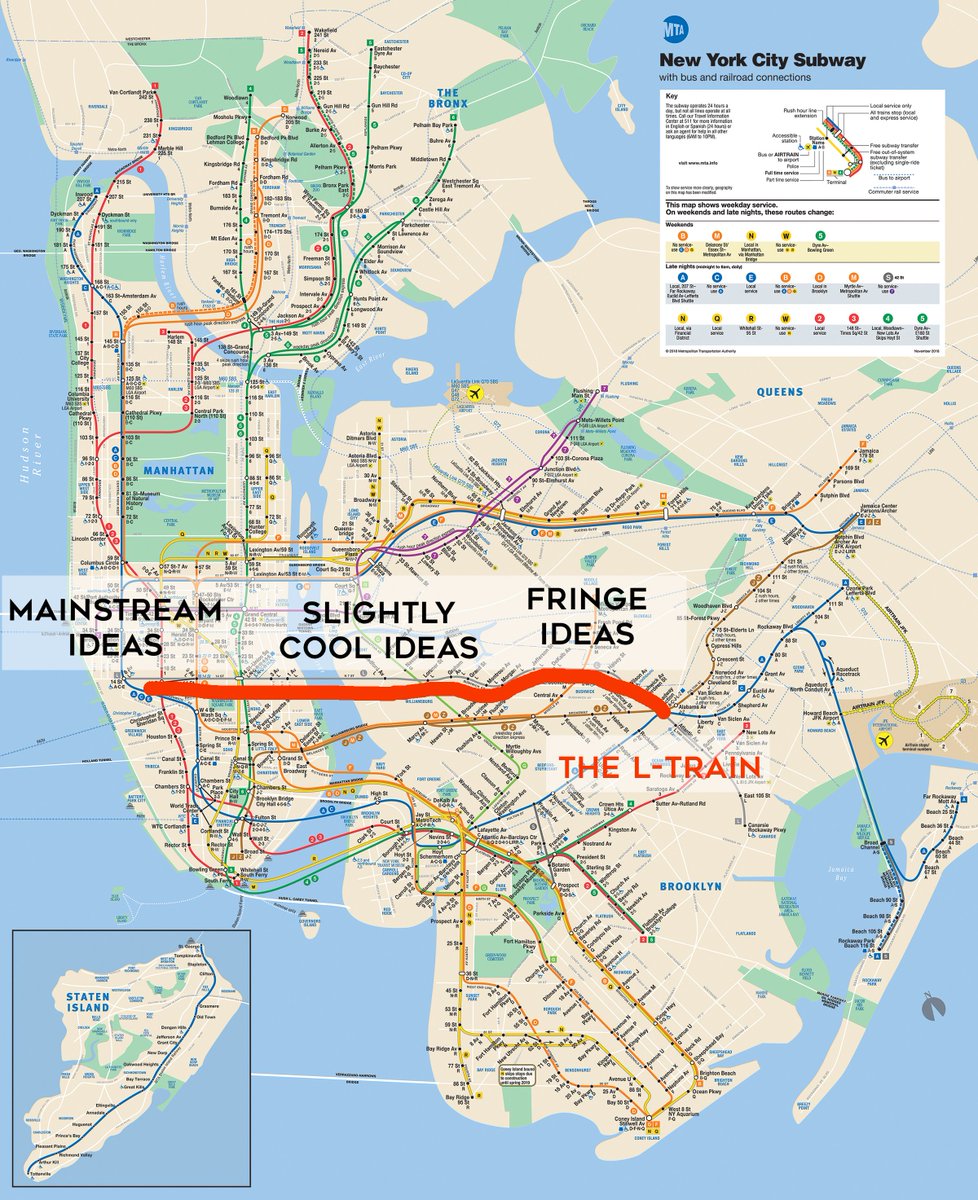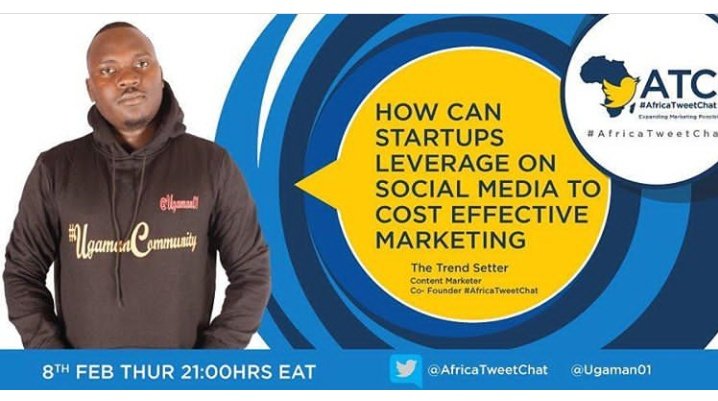As a result, companies relied on the moat of incomplete information.
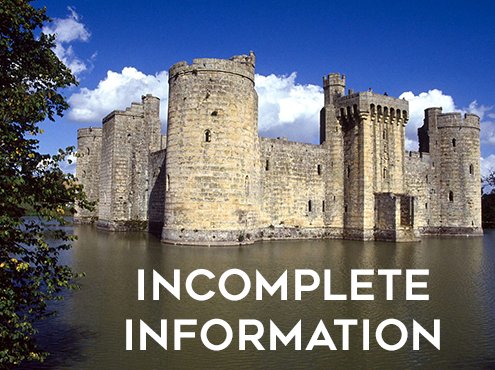
Today, shoppers can go online research a product, and arrive at a car dealership familiar with all the models and associated costs.
Research shows that buyers are often 60 to 70% of the way through their decision process before they pick up the phone, or reach out to a company.
1. “Is this product cheaper on Amazon?”
2."How does the food at this restaurant taste?"
Ratings and reviews will appear automatically.
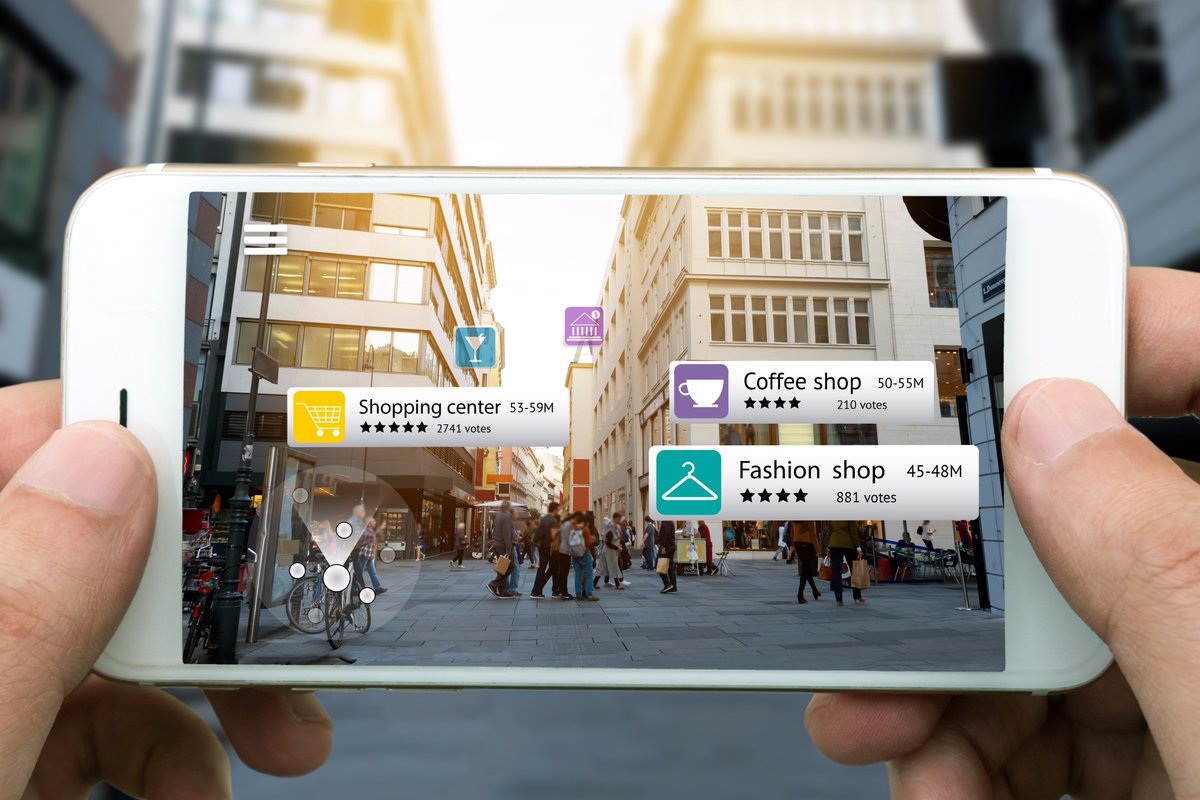
🤷🤷♂️
@profgalloway has observed that in a voice-first world where speed and convenience trump logos and packaging, brands will not matter.
Among the top 100 consumer-packaged good (CPG) brands, 90 percent experienced a decline in market share in 2015.
On one end, you’ll have unemotional routine purchases: laundry detergent, cleaning supplies, basic clothing, etc.
That’s where I agree with @profgalloway.

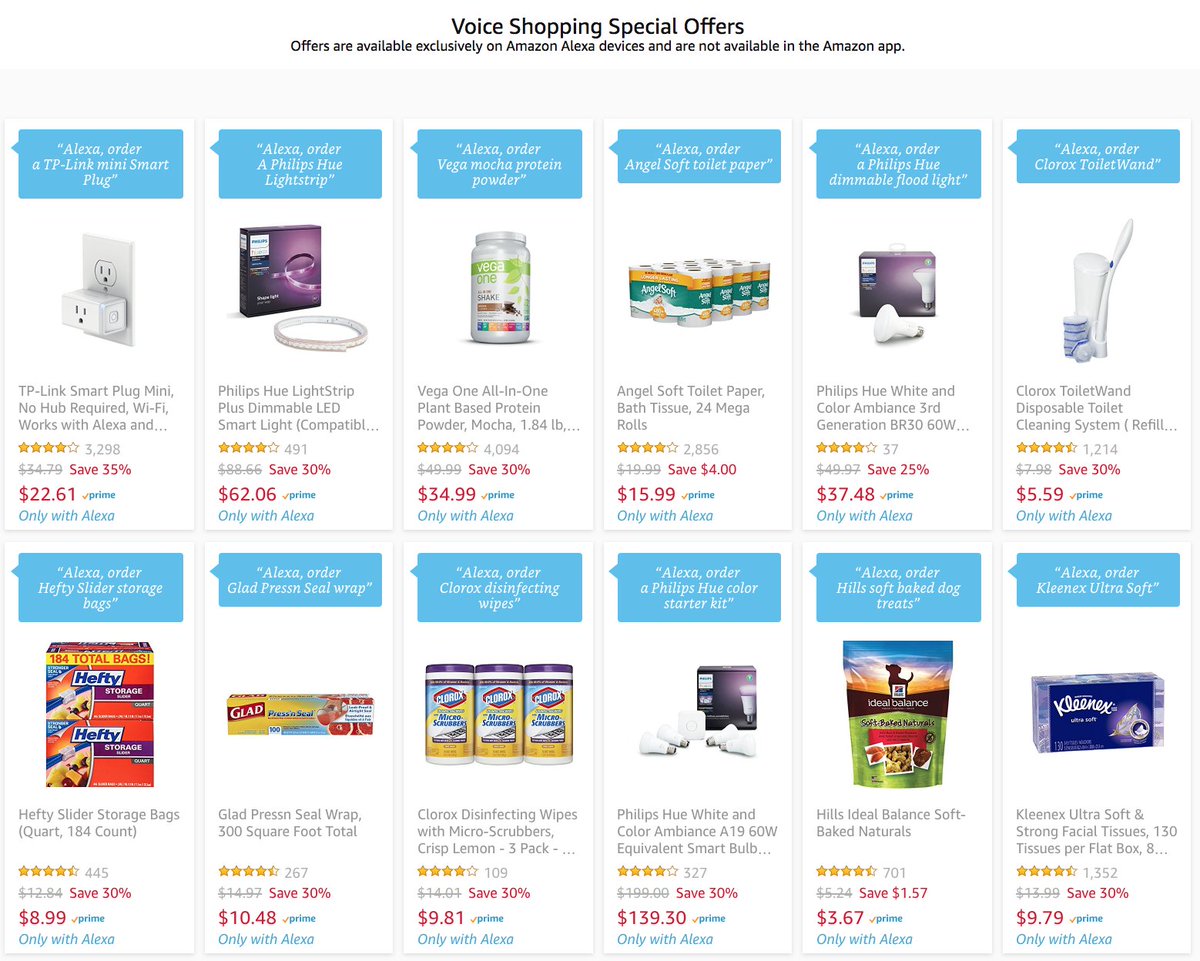
We want to minimize downside, not maximize upside. To avoid badness rather than maximize perfection.
Unemotional purchases should be fast, easy and even automatic.
These purchases are driven by our desire express ourselves and display individuality: our favorite winter coat, a coveted pair of shoes, personalized beauty products, etc.
Among other things, brands inspire us, help us fit in, and comprise our identity.
Brands are a language of communication.

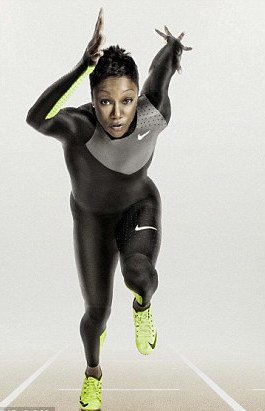
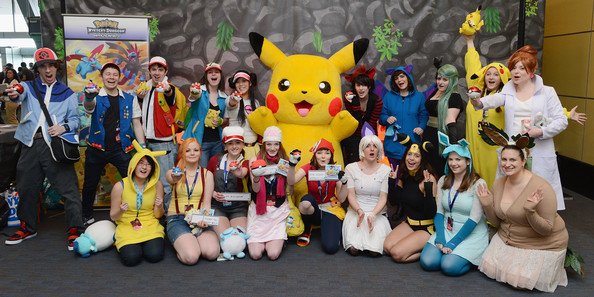

But today, identities are constructed differently. Values, interests and personality matter more.
A brand is worth a thousand words.
As a result, intimate bonds between brands and consumers are inevitable.
1. In the beauty sector, indie brands were up a staggering 43% in 2016.
2. In 2016, microbreweries and brew pubs drove 90% of craft beer growth.
Where there’s information parity, brands matter less.
Where there’s information asymmetry, brands matter more.
Pictured: @Zoella, @hint, @OffWht, and @bigballerbrand. Differentiated, personality-driven businesses.

Still working through these ideas and they will most definitely change. Feedback is appreciated!
✌


